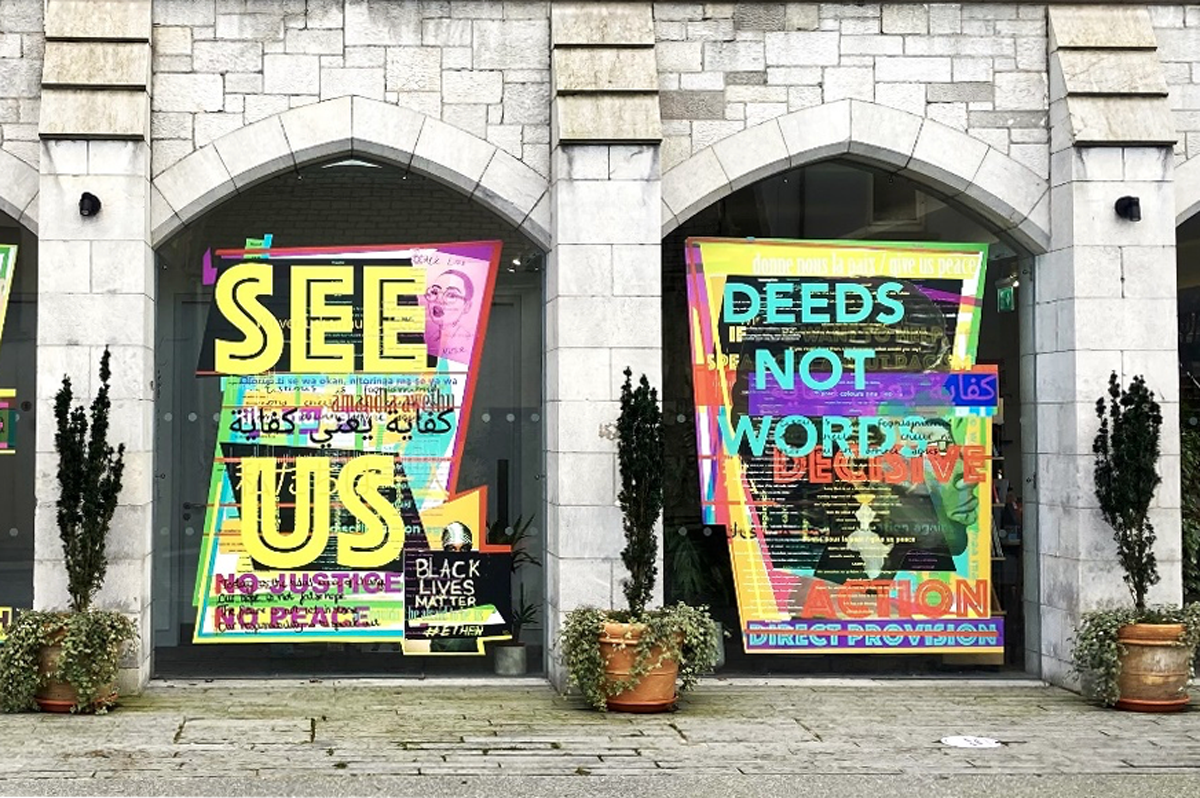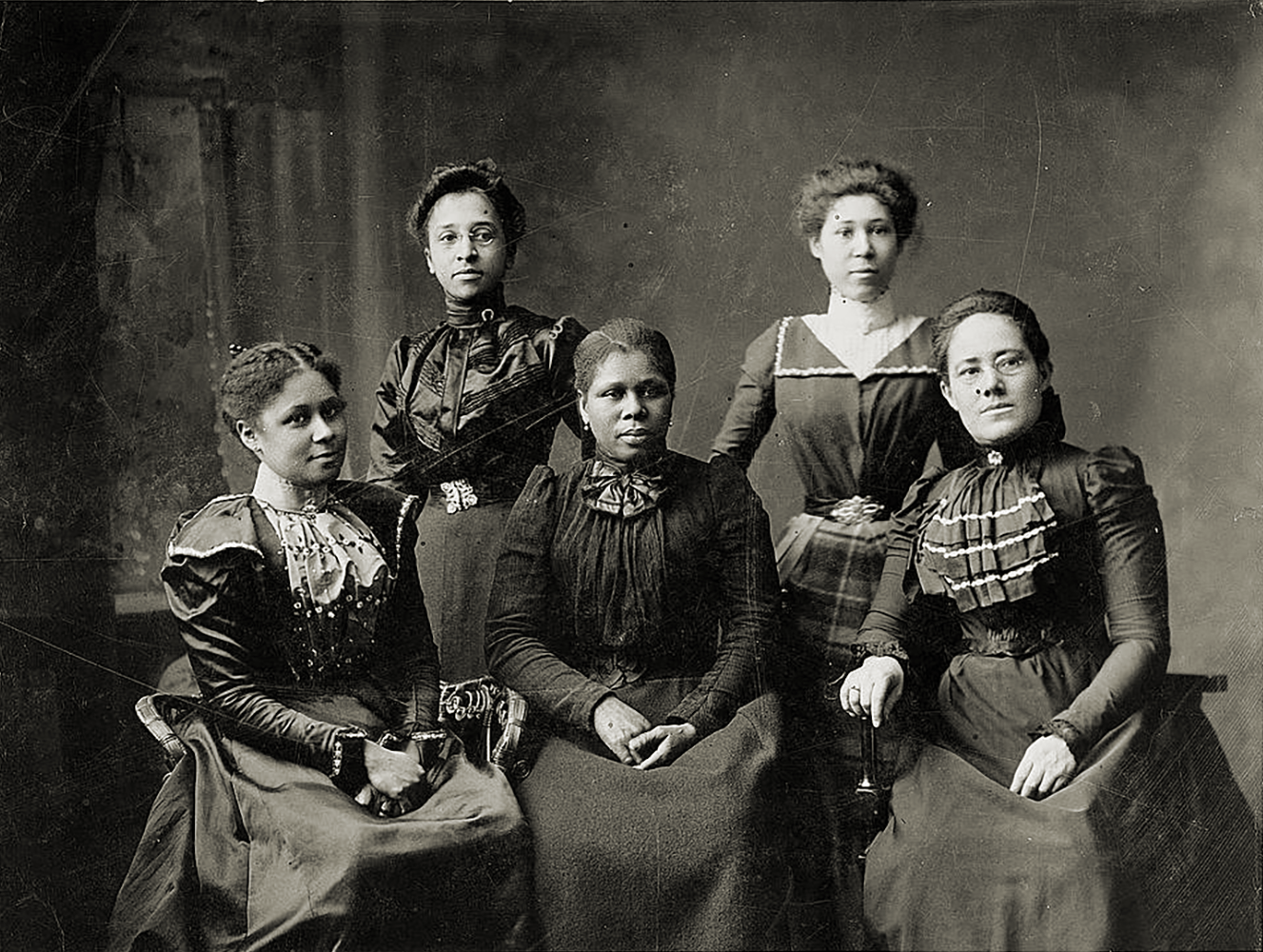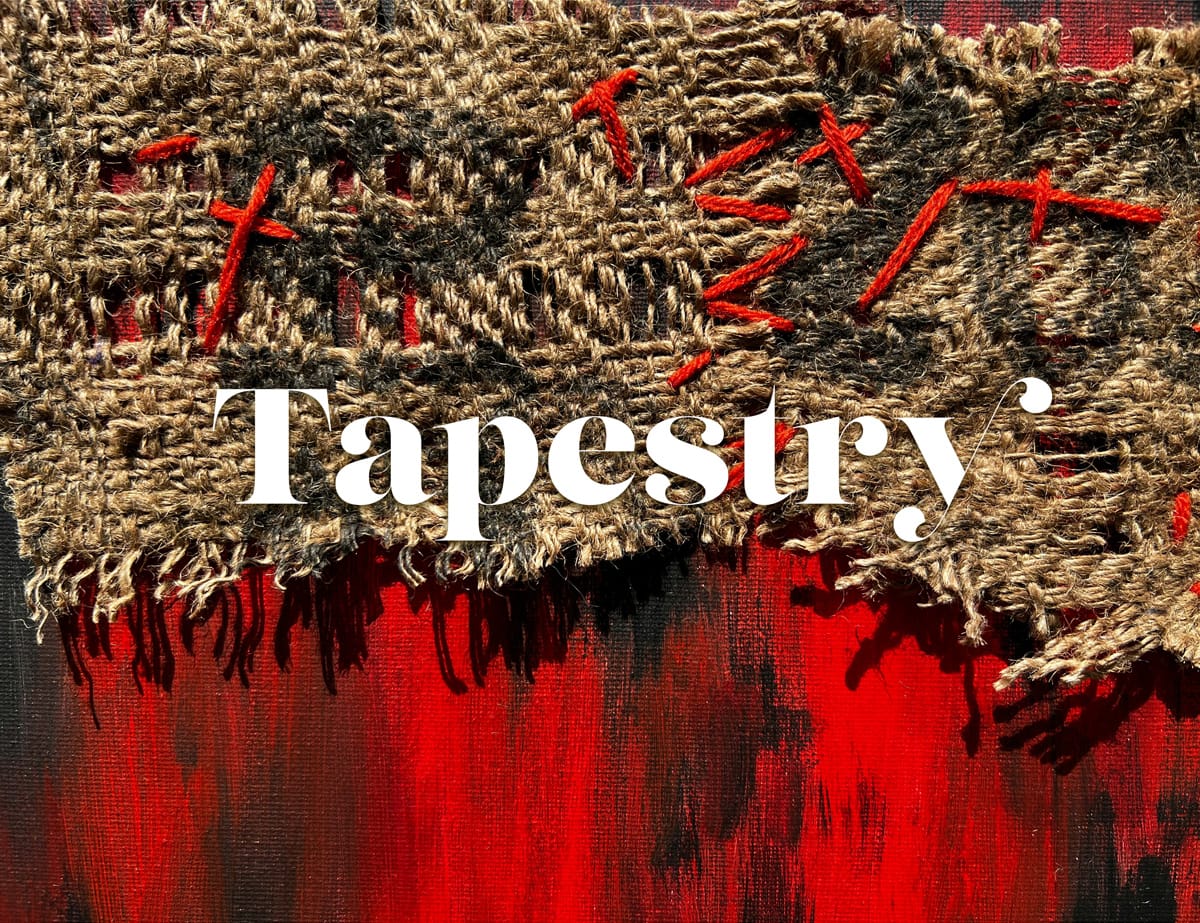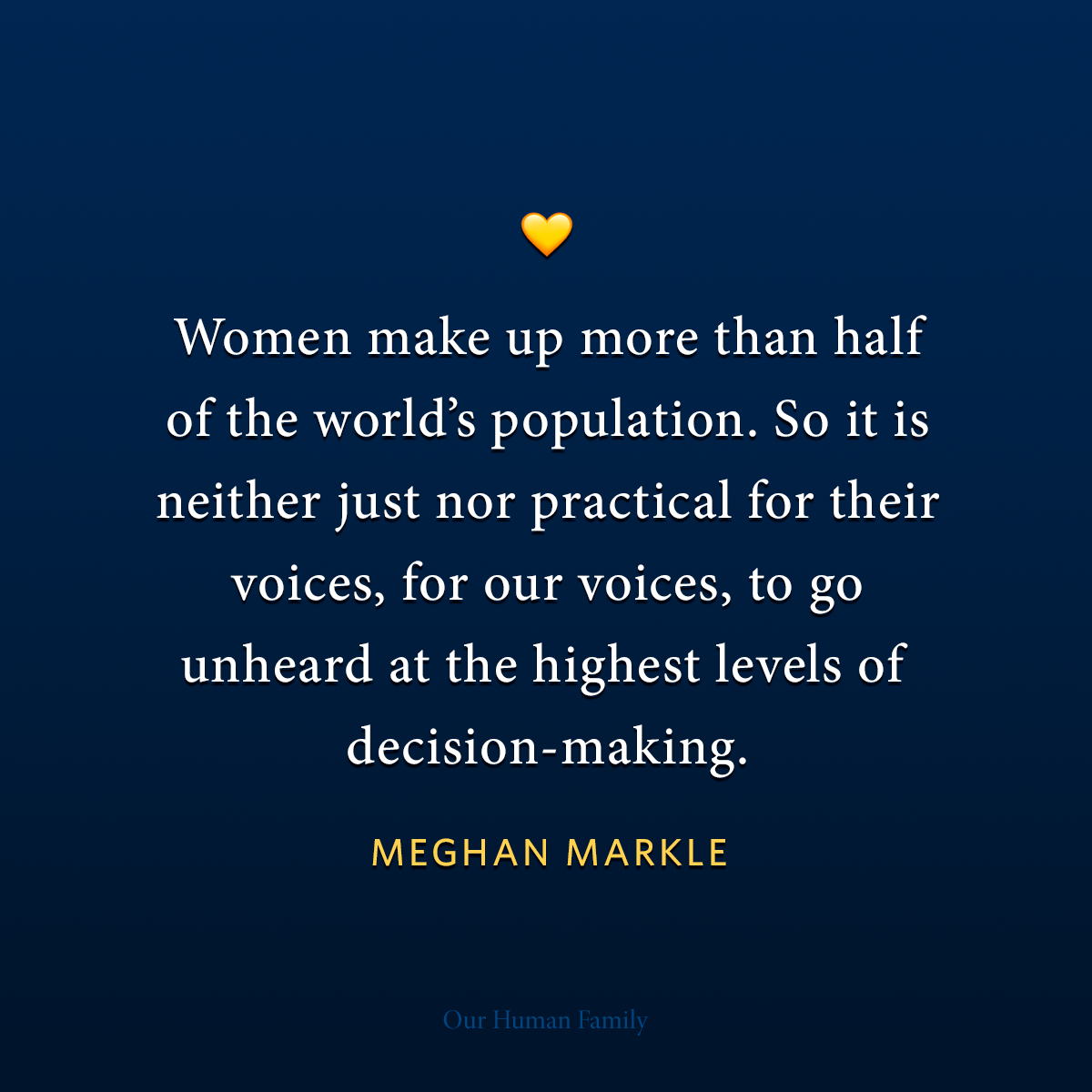Editor’s Letter💛 Hey Reader, I grew weary of whiteness many years ago, but I didn’t expect to grow tired of feminism as I have. How many ways can we—should we—shed our skin? The fight for gender equality in America—currently called feminism by most, or often white feminism by People of Color—has undergone several iterations over the centuries, and it has waxed and waned in popularity. Yet some aspects haven’t changed much, and they need to evolve if we ever hope to achieve success. More than that, though—we need to re-think what we call success if our goal is truly equality. We need to answer equality for whom and why. After several decades during which feminism was roundly vilified by the Right and deemed no longer necessary by many women on the Left, the movement roared back to the forefront recently with the 2016 election of Trump, a misogynist and alleged rapist who campaigned on promises to restrict women’s rights. Feminists quickly organized the first annual Women’s March for the day after the presidential inauguration, to a great turnout around the world. Yet almost as quickly, evidence of racism arose within the movement that has continued with each round of protest. feminism:
1. the theory of the political, economic, and social equality of the sexes
2. organized activity on behalf of women’s rights and interests
—Merriam-Webster white feminism:
white feminism is an epithet used to describe feminist theories that focus on the struggles of white women without addressing distinct forms of oppression faced by ethnic minority women and women lacking other privileges.
–Wikipedia This is problematic on numerous levels. For Black women and other Women of Color dealing with racism on a daily basis, certainly. For those of us white women who grew up during the Civil Rights Movement and protested along multiple fronts, this has also been distressing. By 2017, I’d somehow assumed we were further along. I’d gotten complacent and therefore complicit, like too many of us. Still more white women, however, raised on patriarchal approaches to power—as well as a thick, long-simmering vein of racism—expected Women of Color to simply fall in line behind them. At the very least, many white women, often including those who’d self-identify as allies, failed to understand the depth and breadth of the issue and their role in it. Meanwhile, the wealth of complaints by Black and Brown women have largely gone unanswered. And the few answers that have come have been fraught with the usual whitesplaining, talking over, and failure to listen. In my local Facebook Women’s March group, I witnessed a shrill and ugly argument between two white women who were each sure that they knew best what Black women would want—without actually consulting one. Nor did it end immediately when a Women’s March leader, a local Black woman, commented. Too many of us cannot figure out when to shut up or learn from our mistakes. To be sure, the relationship between white women and Black women in America has never been a comfortable one. From the role of white women in the enforcement of slavery and Jim Crow laws to false white accusations of rape in the century that followed the Civil War, and now cries of concern about Black bodies in “white spaces,” white women have been as culpable as white men in the propagation of racism. It is unfortunate but not terribly surprising that the majority of white women (53%) voted for Trump. Terminology notwithstanding, the history of white feminism is really as old as feminism in America. Following centuries of Black enslavement, early white and mostly middle-class suffragettes literally cut Black women out of the movement, fearing that Black inclusion would hurt their chances for success. Pioneer feminists like Elizabeth Cady Stanton and Susan B. Anthony, widely lauded by many women today, were more concerned with women’s right to vote than the far worse plight of Blacks. Although Black men officially got the vote in the 1870s and women didn’t get the vote until 1920, the Black vote was effectively suppressed by Jim Crow laws until the 1960s anyway. Even now, gerrymandering is designed explicitly to minimize Black influence while white women continue to vote freely. Beyond the voting issues, racism obviously continues to oppress People of Color along socio-economic lines. Black families today are falling further and further behind financially—from a net economic worth of 20% of the average white family in the 1950s to a mere 10% today. The reasons are extensive, including smaller inheritances than whites to build on (there were no reparations for enslavement to hand down), educational biases, hiring discrimination and lower comparative pay, reduced housing opportunities, increased incarceration . . . the list goes on. It is not just Black people who get the short stick, though. Hispanics face some of these same issues, and are frequently told to “go back where you came from,” and “stop speaking Spanish,” while Native Americans have been misrepresented and treated as inferior since European invaders began stealing their land and killing them off hundreds of years ago. These incidents are just the tip of the iceberg. The purpose of this essay is not to outline the effects of racism, which could and has filled tomes, but rather to demonstrate how the enormity of the differences in our life experiences are relevant to the fractures in the feminist movement. In addition to the poverty and other problems facing non-white communities at large, Black women are much more likely to be the sole or primary breadwinner in their households, they are at much higher risk of domestic abuse, and they deal with much worse health crises than their white counterparts at the hands of a medical system that largely ignores their complaints. Black maternal mortality rates are literally three to four times that of white women.1, 2 All of this has left Black women at the bottom of the social heap and understandably angry, frustrated, and just plain afraid. Clearly, the issues facing Women of Color are on an entirely different level from their white counterparts. Yet traditional white, middle- and upper-middle-class feminists have typically talked in broad terms about the universalization of the female experience while marginalizing Women of Color and their racial struggles. In response, the term “intersectionality” was first coined by Black feminist and legal scholar Kimberlé Williams Crenshaw in 1989 to articulate how the various systems of oppression, such as race, gender, and sexual orientation, all intersect and cannot be addressed separately. It has since been explored in more depth by Black feminists such as bell hooks, who has argued in favor of inclusivity and the empowerment of all, versus a re-layering of the existing power structure. While many white academic feminists have also talked at length about intersectionality, their conversations often sound like liberal lip-service that ultimately supports the existing hegemony. And, the concepts haven’t reached far outside the ivory towers of academia to trickle down into the thoughts and practices of white feminists on the street. Like Stanton and Anthony almost 200 years ago, we are still far too willing to divorce our own desire for equality from the plight of Black women and other Women of Color. The average liberal white feminist would be horrified to be called the R word: “Racists wear white robes, carry torches, and light crosses—I wear a safety pin! I’m an ally!” But for people who are sick and tired of our own oppression, we are far too quick to say that, “Blacks have been equal since the Civil Rights movement,” “Why don’t they do more to help themselves?” and yes, even “All lives matter.” Worse, we absent-mindedly reinforce systemic racism and exorcise our white privilege while denying that these issues exist. At our local march in Raleigh, North Carolina last year, we were smug to note that our local leaders were Women of Color, yet we apparently ignored and marched on past a Black protestor stopped by the police for having her sign on a stick—a violation of a local ordinance, but one that none of the white women were harassed about. We were horrified when an officer shot white Justine Damond to death in Minneapolis, but exonerated the officer who killed Philando Castile not long before. When Chikesia Clemons and Sandra Bland were assaulted by officers and Black women cried out in pain, we were silent. White women cannot expect Women of Color to support feminism if we continue to dismiss their realities. And here’s the sad part: we need to be inclusive if we have any hope of winning equal rights. From a purely pragmatic point of view, we need physical numbers. If 53% of white women voted for Trump and elected a Republican-majority Senate eager to decimate Planned Parenthood and the right to control our own bodies, then we can’t afford to alienate a large voting bloc that aligns closely with feminist agendas. When two-thirds of white women in Alabama voted for Senate candidate and alleged child molester and bigot Roy Moore, they were only saved from major national embarrassment (although they probably weren’t appreciative) by their Black counterparts who overwhelmingly supported the opposition with 98% of their votes. Second, Women of Color, who have fought oppression for hundreds of years, have a much better understanding of what oppression means, what they’re fighting for, and how to fight than white women do. While we’ve been known to turn our noses up at “angry Black women” and more grassroots activism, let’s be honest: writing our congressmen, being angry on Facebook, and marching a couple of miles once a year will not be enough in this political climate. As the second rung in the social hierarchy just behind white men, we are still relatively comfortable, and this ease shows in our tactics. There are no iconic photos of a white woman calmly facing down police in riot gear like the young Black woman in Baton Rouge did in 2016. Third, to be utterly subjective for a moment, I believe there is much we could learn from our Black and Brown counterparts about how to be better, more empathetic people. Obviously, every person is different, but as a general rule, I’ve found our Sisters of Color to be more caring and supportive than many white women raised in our culture. (And quite frankly, you have to be a better student of humanity when it can be the difference between life and death.) As an extension of that, how can we justify our own demands for equality when we would deny it to so many others? Last but not least, we white feminists have targeted some specific goals around gender equality over the years, such as winning the vote, but rarely worried about the end goal of what gender equality would actually look like—a polite way of saying that we can be obtusely white and power hungry. The fact is that we are the mothers, daughters, and sisters of white men: we are thoroughly steeped in the ways, workings, and privileges of a long history of white patriarchy. So for many of us, even as we decry the system, our end goal looks a lot like a female version of the patriarchy—a re-layering of the same-old same-old that is divisive and unfair to everyone else seeking the same rights. It’s hard to envision something different than everything we know, but we need to challenge ourselves to work toward something less patriarchal and more like the nurturing and supportive archetype that women are reputed to represent—something that has us working alongside women of all shades toward the common good, and less concerned with who has more power than whom. Something, in fact, closer to the intersectional feminism espoused by Women of Color. What would success look like then? Certainly women—of all colors—should have the same rights as men and control over our own bodies; corporate and Congressional demographics should reflect those of the general population; and if a woman wants to be president, then her gender should be a non-issue. But if a pure power push is no longer the epicenter of the equation and we open ourselves up to a consideration of other oppressed groups, then what other opportunities would that free us up to pursue? Could we appreciate the contributions of women (and men) who choose to run the household instead of working outside the home—and might that long-overdue respect buy us more support for feminism? How might we work with impoverished men, immigrants, or LGBTQ People for greater justice for all? I don’t have all the answers, nor are they up to me. I certainly don’t have the ear of millions of feminists. It is clear, however, that white feminism is a problem, and not just for Women of Color but for all of us. Learning to include, listen to, and learn from our Black and Brown sisters would give all women more bargaining power, increased moral authority, and new ways of approaching the issues that might finally empower us all to achieve the equality we desperately need. Love one another. Sherry Kappel
OHF Weekly Managing Editor 1 Roni Caryn Rabin. “Huge Racial Disparities Found in Deaths Linked to Pregnancy,” The New York Times, May 7, 2019. 2 Maternal Health Task Force at the Harvard Chan School. “Maternal Health in the United States.” Originally published in OHF Magazine, Issue No. 1.
NEW THIS WEEKBy Sylvia Wohlfarth  Our Youth Project at Nano Nagle Place in Cork following the murder of George Floyd in 2020. At the end of 2022, I retired from teaching and a few months later left Ireland, where I’d lived for six years, and moved back to Germany, where I’d previously lived for over forty years. My mother was Irish and my father was from Nigeria, where I was born. In the late 1960s, my parents sent me to school in Cork, Ireland. Cork — the real capital of Ireland, by the way, according to the locals — is my mother’s birthplace. As a retiree in Germany, I expected I’d settle down and concentrate on my writing, and my family and friends. But as it happened, I was asked by the Nano Nagle Place’s Cork Migrant Centre (CMC), the organisation I volunteered with when I lived in Cork, to work with them on a nine-month government-funded anti-racism project. Currently, the Irish Government plans to support actions to help make Ireland a place in which the impacts of racism are fully acknowledged and actively addressed, and sets out actions and objectives to create a fair, equal, and inclusive society, free of racial discrimination. Its National Action Plan Against Racism (NAPAR) was launched in 2023. It recognises the importance of meaningful efforts to address racism and its impacts in Ireland. Further, it has recognised that a whole-of-government approach is required to achieve this as racism is a cross-cutting issue that requires action by the Government, public bodies, private bodies, communities, and individuals. This is a huge endeavour, I know, but in the face of increasing racism steered notably by far-right nationalistic and internationally organised populistic groups set on disruption, and exploiting a disgruntled faction of society, every action to counter their mission is crucial. Since this is a government-funded project, I had to write a personal statement explaining why I was interested in the job. So, after some reflection on my understanding of racism and the chances of living in a society where skin colour isn’t a defining feature, I submitted the following reflections. Read the full article at OHF Weekly. ALSO BY OUR WRITERSBy Sabrina Bryant  Photo of five women officers of the Women’s League in Newport, Rhode Island, c. 1899. I remember learning about the Women’s Suffrage Movement in junior and senior high school. Instructors taught us how pioneers like Susan B. Anthony, Elizabeth Cady Stanton, and other white women fought tirelessly to gain the same voting rights for women as white men. The assumption has always been that since African Americans were enslaved during that period, they couldn’t possibly have either played any part in the movement or offered any meaningful contributions if they did. But this notion could not be further from the truth. Throughout the struggle for women's rights, Black women were always in the trenches with white women and worked just as tirelessly despite facing greater opposition. Yet rarely have their efforts shared the same spotlight as those of their white counterparts. What follows are the names of a few prominent Black women who were involved in the Women’s Suffrage Movement and their contributions in not only securing the right to vote for all women but Black men, too. The Beginnings of a MovementMany Black women found themselves drawn to the women’s rights movement through their work advocating for the abolition of slavery and the Temperance Movement. It was within these groups that many women met, shared ideas, and strategized. 📙 Related: A comprehensive list of African-American women who contributed to the movement. Read the full article at OHF Weekly.
Calling all PoetsAs a reminder, Tapestry is a new section of Our Human Family devoted to poetry that celebrates both our similarities and our differences, but most of all our shared humanity — and our first few poems will be available this week! It’s poetry that seeks to recognize the contributions from . . . foster racial equity and allyship for . . . and support inclusion of marginalized people into the beautifully varied fabric that is America. We look forward to reading and sharing your poems, as well!
Final Thought
|




